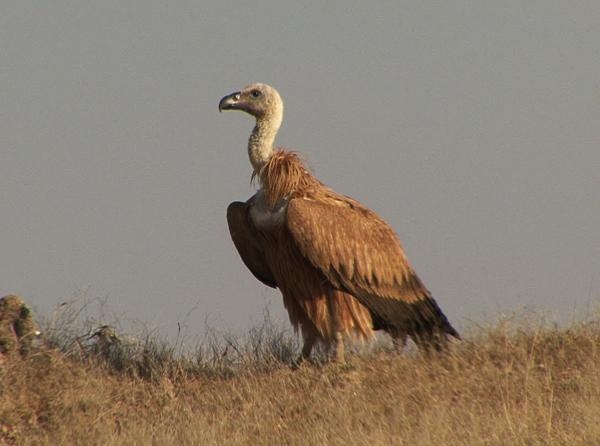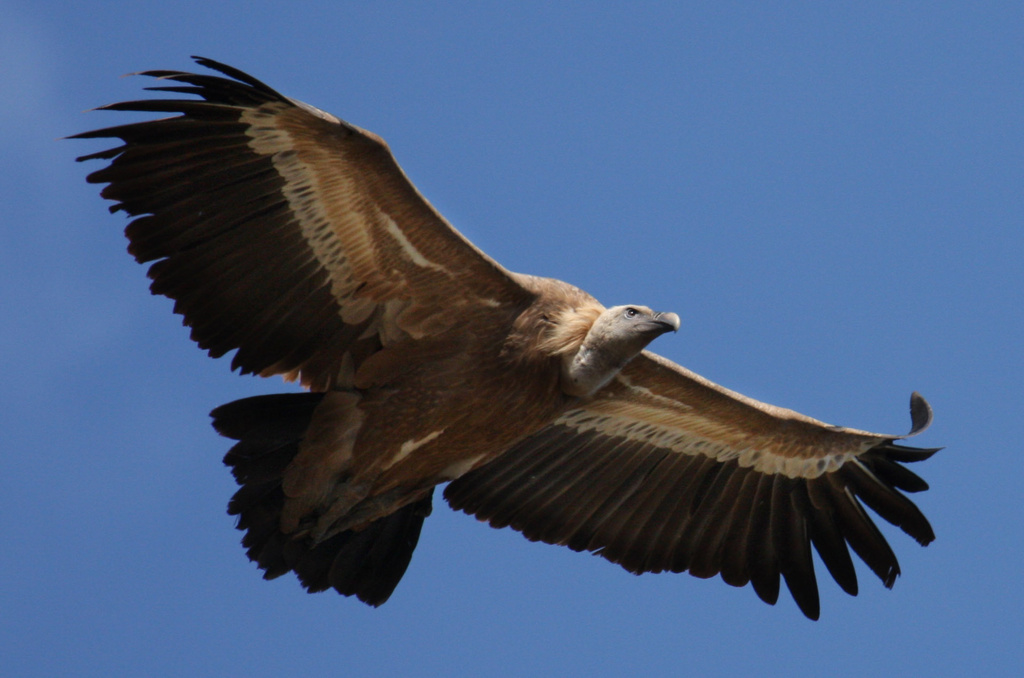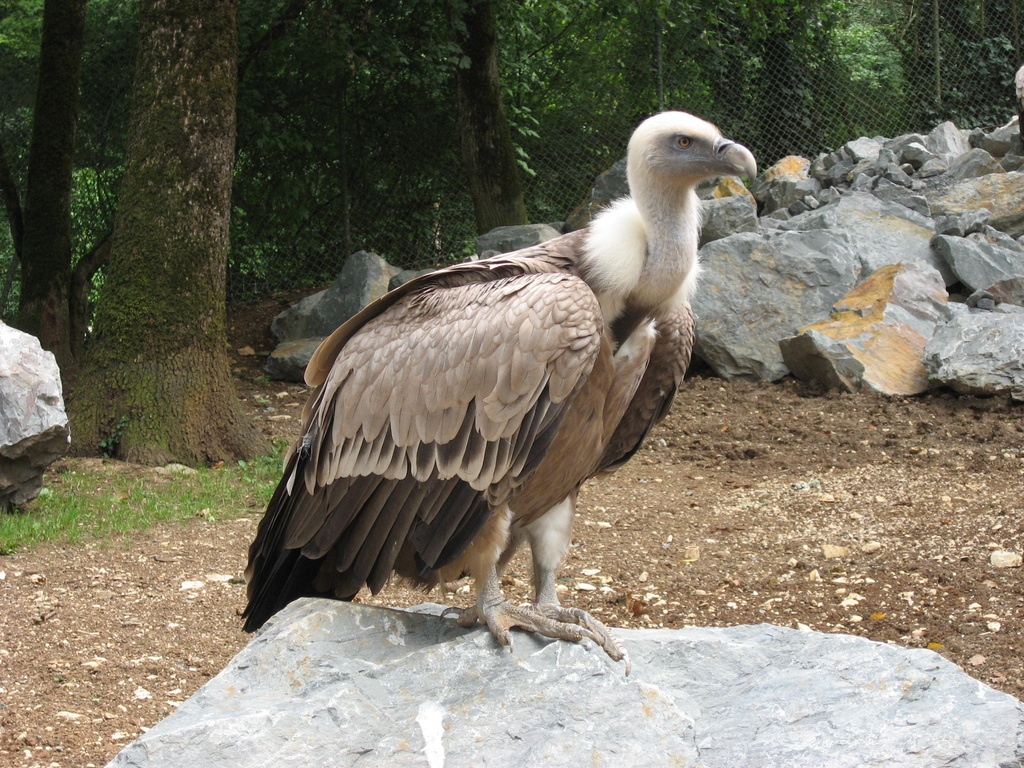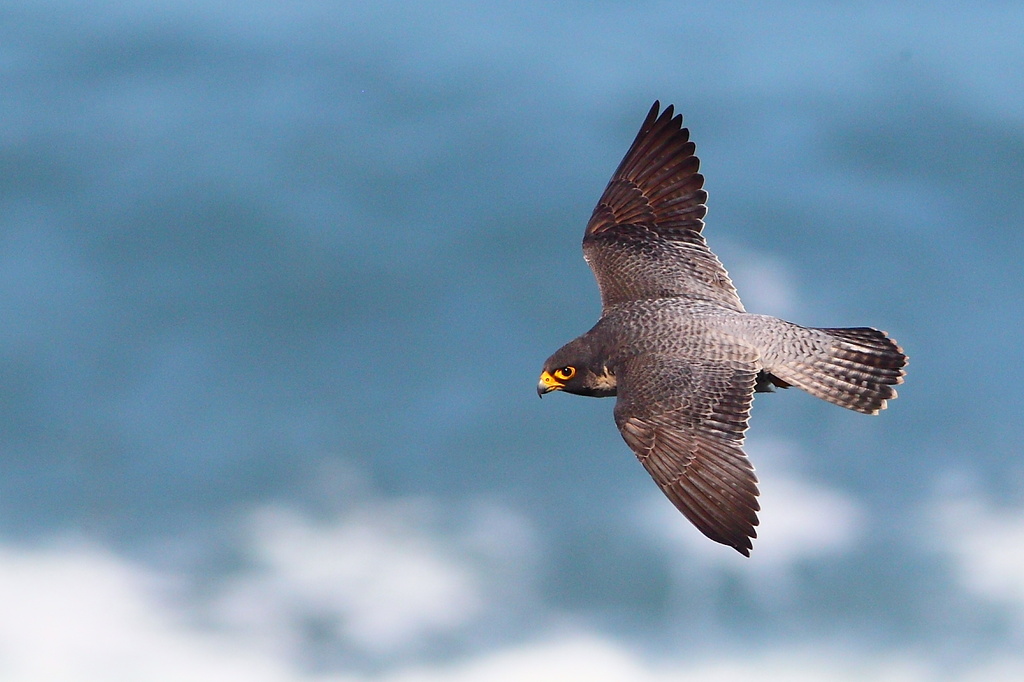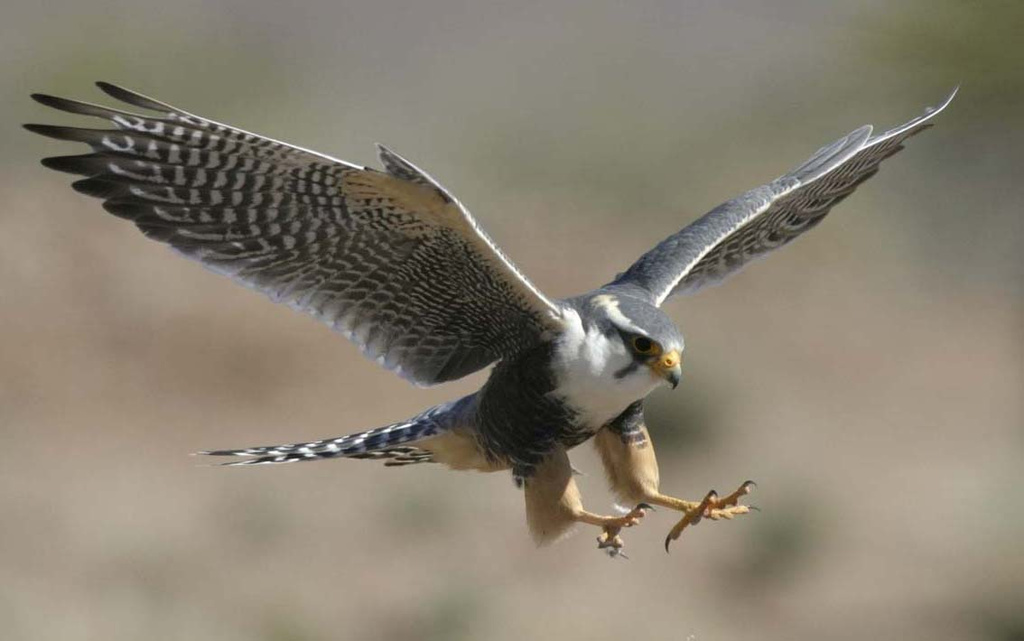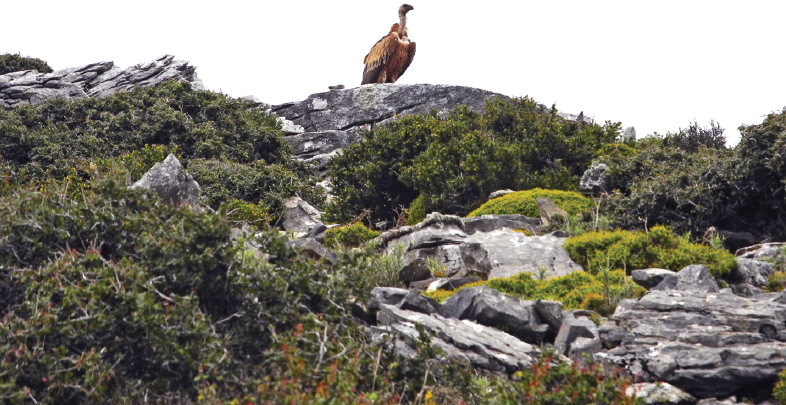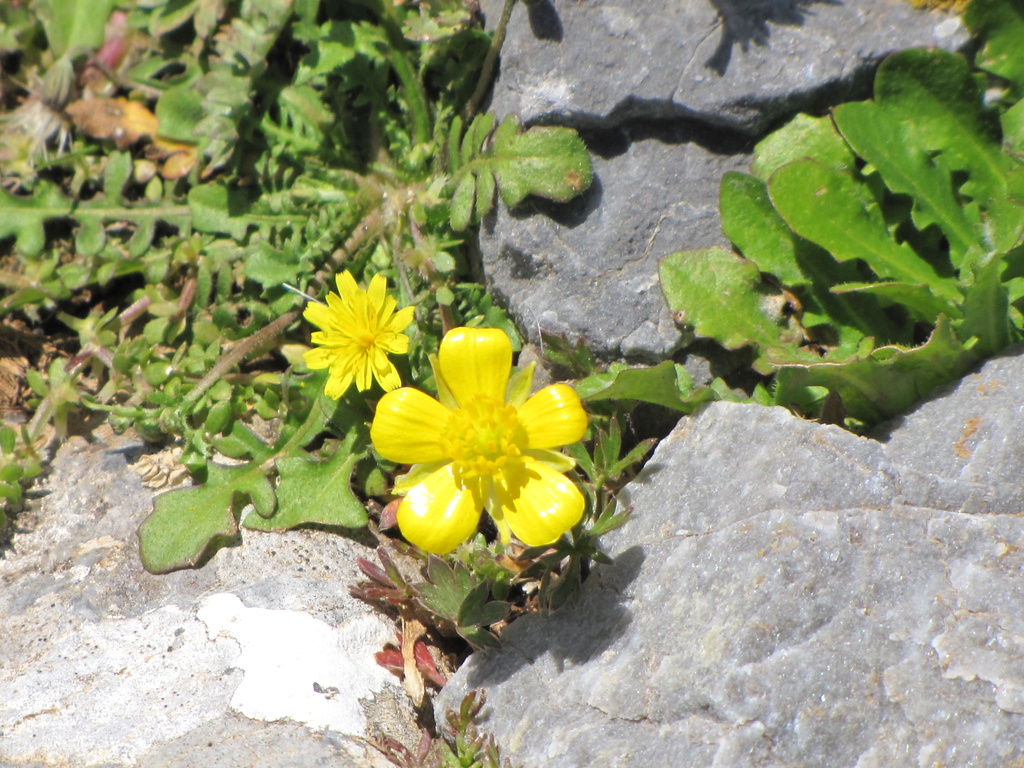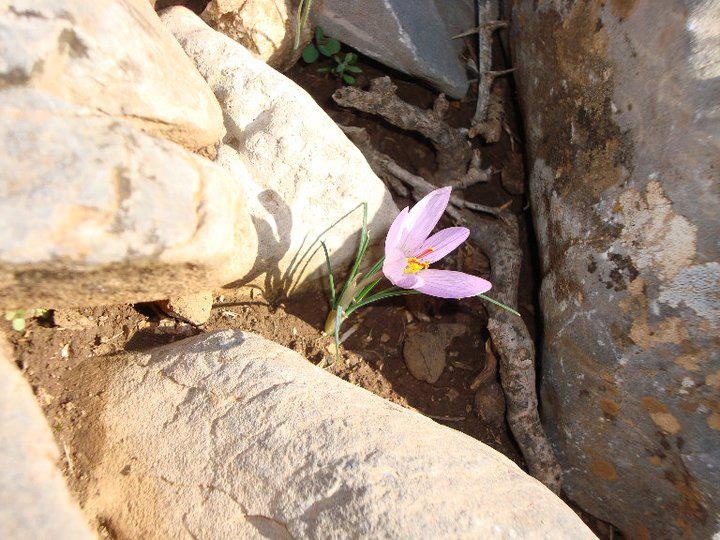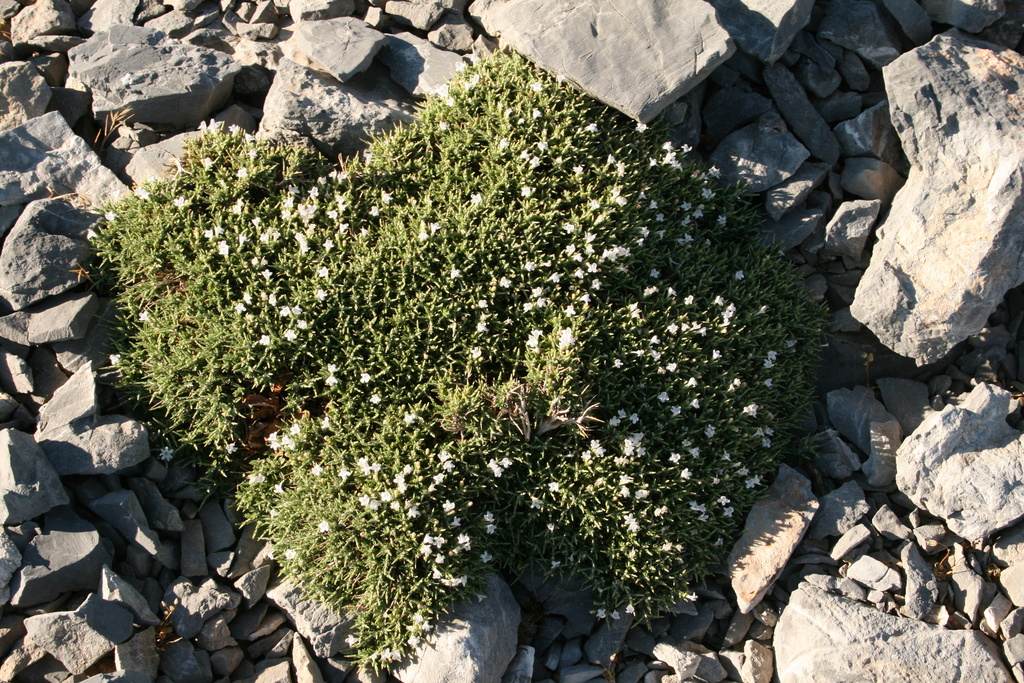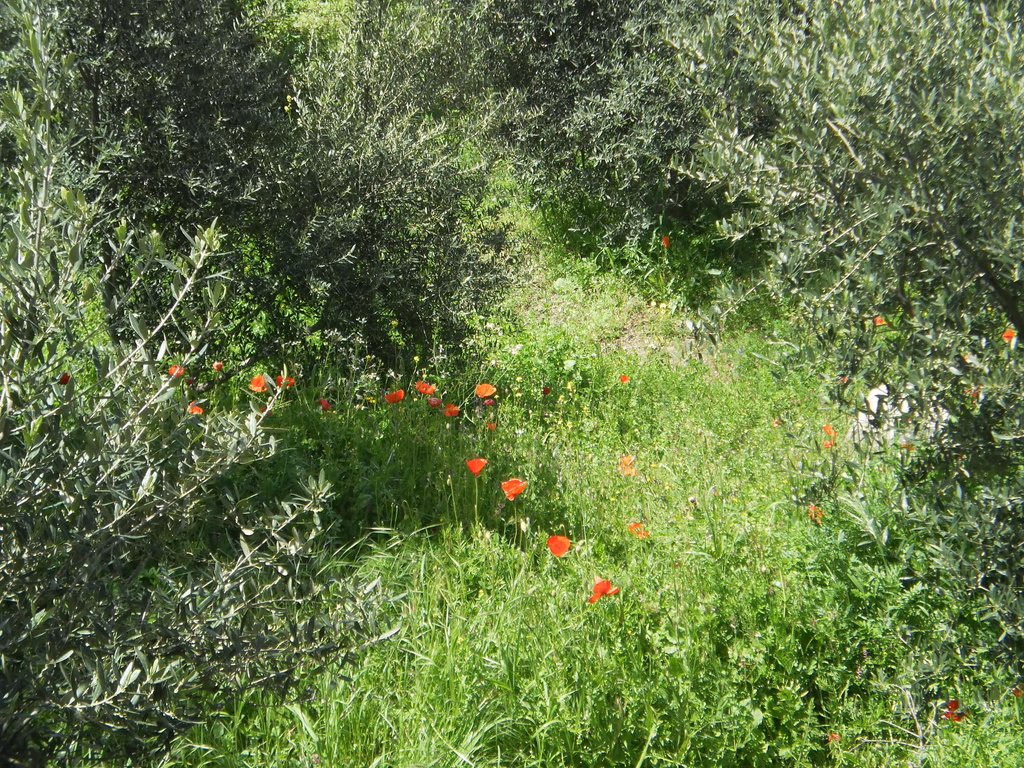The mountainous area of Anogeia and Mt. Psiloritis are a site of high environmental significance due to its flora and fauna. According to a study by the Natural History Museum of Crete, the broader area of Mt. Psiloritis hosts a remarkable population of vultures, 70 species of rare or endemic plants, several of which are protected by international conventions, several
rare and protected animal species, as well as 45 species of birds, for which the area is an important nesting site or a stopover point during migration. Mt. Psiloritis is an important habitat for
birds of prey, such as vultures (Gypaetus barbatus), the Eurasian Griffon vultures (Gyps fulvus), golden eagles (Aquila chrysaetos), Bonelli’s eagles (Hieraaetus fasciatus) and peregrine falcons (Falco peregrinus), who breed here. It is also the breeding grounds for Chukar Partridges (Alectoris chukar) and red-billed choughs (Pyrrhocorax pyrrhocorax). In the summer, Eleonora’s Falcons (Falco eleonora) visit the area too. There are no carnivorous mammals living in this mountain, with the exception of the Cretan wildcat (Felis silvestris cretensis), which is quite hard to find. In general, the commonest large animals in the area are Cretan badgers, hares, spiny mice, Cretan ferrets, weasels, and beech martens. As for flora species, the mountainous area of Anogeia and Mt. Psiloritis, as a whole, gathers a variety of endemic plant species. It is impressive that about 40% of the endemic plants of Crete are found in the broader area of the Municipality of Anogeia. Some of the most important ones are dittany (Origanum dictamnus), Zelkova abelicea [‘abelitsia’] and the orchid Cephalanthera cucullata. The most characteristic of the endemic plants is
the rare Horstrissea dolinicola, which only grows on Mt. Psiloritis (Mt. Ida), in central Crete, at an altitude of about 1,500m, and nowhere else on the planet. Moreover, the genus Horstrissea is one of the few (5-6) endemic genera in Greece. The species Horstrissea dolinicola was first described in 1990 by researchers Egli B., Gerstberger P., Greuter W. & Risse H. The new endemic genus of Greece was given the name Horstrissea in memory of Horst Risse, who died before he could see his research published. The name of the species, namely ‘dolinicola’, is due tothe habitat where it grows, i.e,. the dolines of Mt. Psiloritis. Dolines are natural formations in mountainous areas caused by subsidence.

 27 July 2024
27 July 2024
26.77 oC

